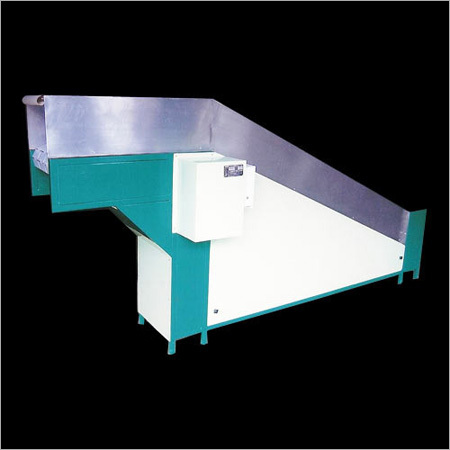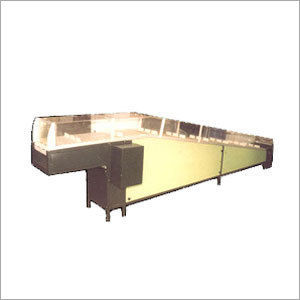Automated Conveyor Systems
Product Details:
- Usage Industrial
- Length 40-60 Foot (ft)
- Product Type Automated Conveyor Systems
- Material SS
- Load Capacity 150 to 200,200 to 300 Kilograms (kg)
- Click to View more
Automated Conveyor Systems Price And Quantity
- 1 Unit
- 10000 INR/Unit
Automated Conveyor Systems Product Specifications
- Industrial
- 150 to 200,200 to 300 Kilograms (kg)
- 40-60 Foot (ft)
- Automated Conveyor Systems
- SS
Automated Conveyor Systems Trade Information
- 25 Unit Per Month
- 1 Months
- Yes
- Contact us for information regarding our sample policy
- Depend
- Asia Australia Central America North America South America Eastern Europe Western Europe Middle East Africa
- All India
Product Description
Automated conveyor systems are frequently used in the manufacturing, distribution, and logistics sectors to boost production, decrease labour costs, and improve efficiency. They are capable of handling a broad range of commodities, including boxes, packages, parts, raw materials, and finished goods.
Here are some essential elements and characteristics that automated conveyor systems frequently have:
1. Conveyor belts: These are continuous loops of material that transport goods down the conveyor system. They are often constructed of rubber, cloth, or metal.
2. Rolling, cylindrical devices that rotate that are positioned along a conveyor's path to support and direct the transport of objects.
3. Electric motors or engines that provide the necessary force to move the conveyor belts or other systems are known as motorised drives.
4. The start, stop, speed, and routing of the conveyor system are all controlled by control systems, which also contain sensors, switches, and programmable logic controllers (PLCs).
5. Sortation systems: Based on predetermined criteria, such as destination, size, or weight, these systems use diverters, gates, or other mechanisms to separate objects from the main conveyor line.
6. Accumulation systems: These are frequently used to buffer or control the flow of things throughout the production or distribution process. They allow products to temporarily build up or collect on the conveyor line.
7. Integration with other equipment: To simplify seamless material handling and increase overall operational efficiency, automated conveyor systems can be combined with a variety of machines or procedures, including packaging equipment, robotic arms, labelling systems, or barcode scanners.
Increased productivity, improved accuracy, lower labour costs, improved safety, and better inventory management are all advantages of automated conveyor systems. Assembling lines, warehouses, e-commerce fulfilment centres, airports, and other applications are just a few of the places where these systems might be tailored to fit particular needs.
It's vital to remember that an automated conveyor system's precise design and configuration will depend on the particular requirements and limitations of the facility or sector in which it is being used. Designing and installing the best automated conveyor system for a certain application might be facilitated by consulting with specialists or suppliers in the field of material handling.

Price:
- 50
- 100
- 200
- 250
- 500
- 1000+
Other Products in 'Industrial Conveyor' category
 |
RAMESH ENGG. WORKS
All Rights Reserved.(Terms of Use) Developed and Managed by Infocom Network Private Limited. |
 Send Inquiry
Send Inquiry


